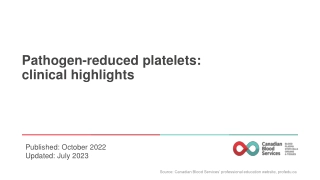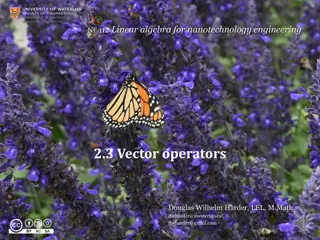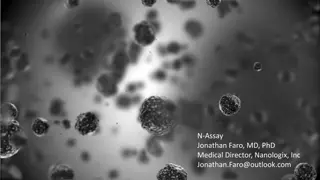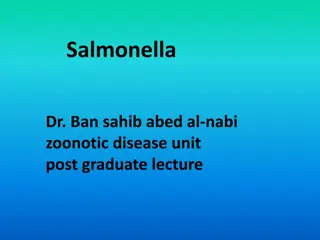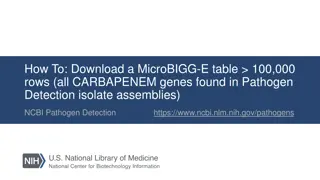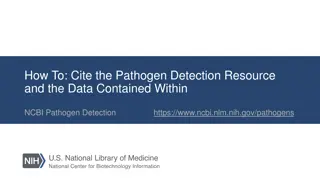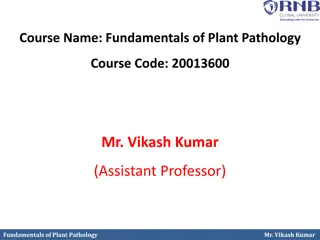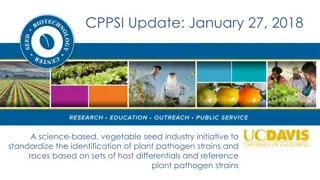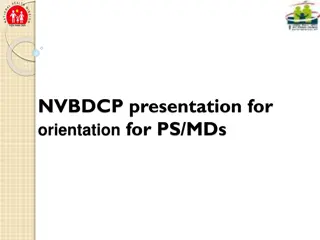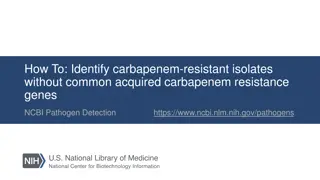Vector Relationships and Pathogen Transmission
Understanding mechanical and biological vectors, reservoir hosts, and their role in disease transmission is crucial for effective disease control. Mechanical vectors like flies can transfer pathogens without getting infected, while biological vectors like mosquitoes carry pathogens that reproduce inside them. Reservoir hosts act as sources of infection, often with humans serving as the primary reservoir. Identifying these relationships helps in targeted disease management strategies.
Download Presentation

Please find below an Image/Link to download the presentation.
The content on the website is provided AS IS for your information and personal use only. It may not be sold, licensed, or shared on other websites without obtaining consent from the author.If you encounter any issues during the download, it is possible that the publisher has removed the file from their server.
You are allowed to download the files provided on this website for personal or commercial use, subject to the condition that they are used lawfully. All files are the property of their respective owners.
The content on the website is provided AS IS for your information and personal use only. It may not be sold, licensed, or shared on other websites without obtaining consent from the author.
E N D
Presentation Transcript
Mechanical and biological vector ,Reservoir , Host vector relationship , vectoral capacity
Mechanical and biological vectors A vector is an animal that carries a disease from host to host . Mechanical vectors An animals that carries a pathogen from host to host without being infected itself is a mechanical vector . Eg. A fly lands on feces and then on your food ,depositing pathogens from the feces that you then ingest . Cholera , typhoid fever .
Biological vector An animal that carries a pathogen that reproduces inside it before transmitting it to another host , typically via a bite , is a biological vector . Eg. Mosquitoes Malaria , zika , yellow fever , dengue fever. Fleas burberic plague
Reservoir host An animal host , acting as a source of transmission of any disease/infection . Most of the cases , Human acting as reservoir host . Parasite does not causes any symptoms to the host , but remains in the host and spread the disease . It harbors a pathogen but suffers no ill effects .They serves as a source of infection to other species that are susceptible ,with important implications for disease control. A single reservoir host may be reinfected several times .
In the reservoir host , the parasite neither undergoes development nor causes any disease . Eg. Monkey for plasmodium , African antelope for Trypanosoma gambienc .


